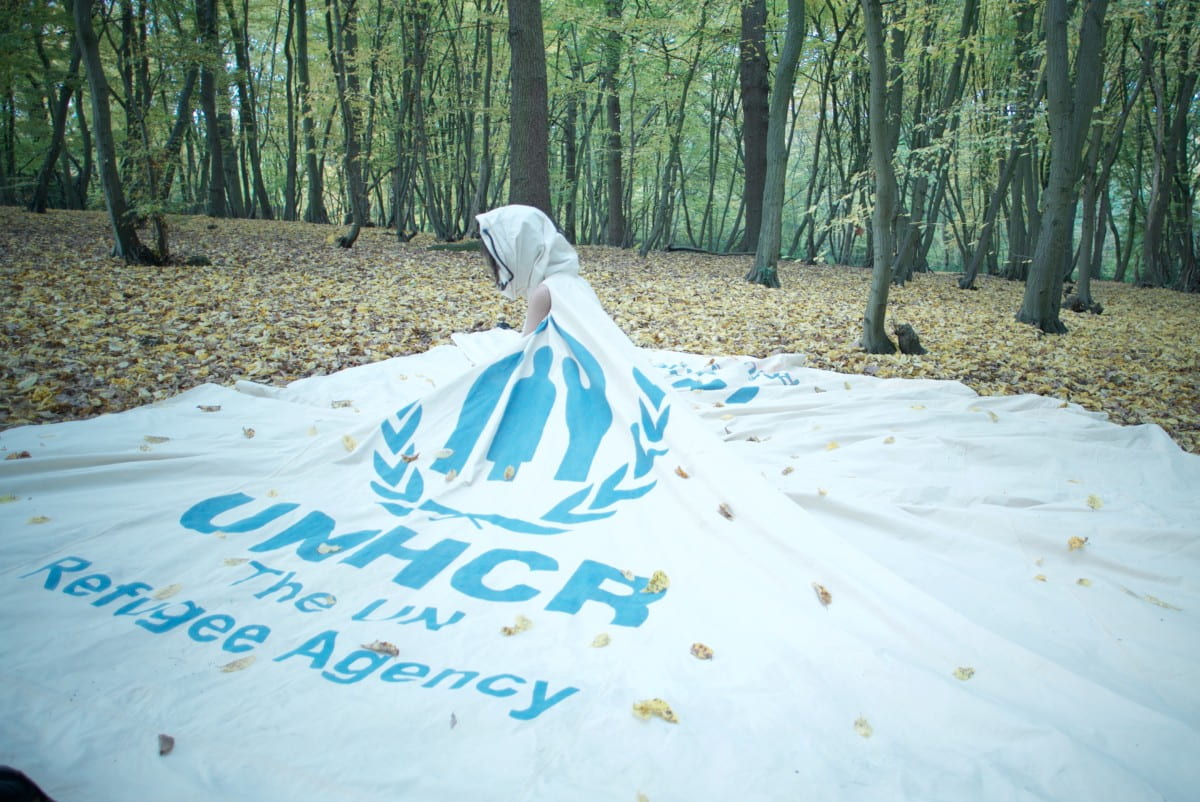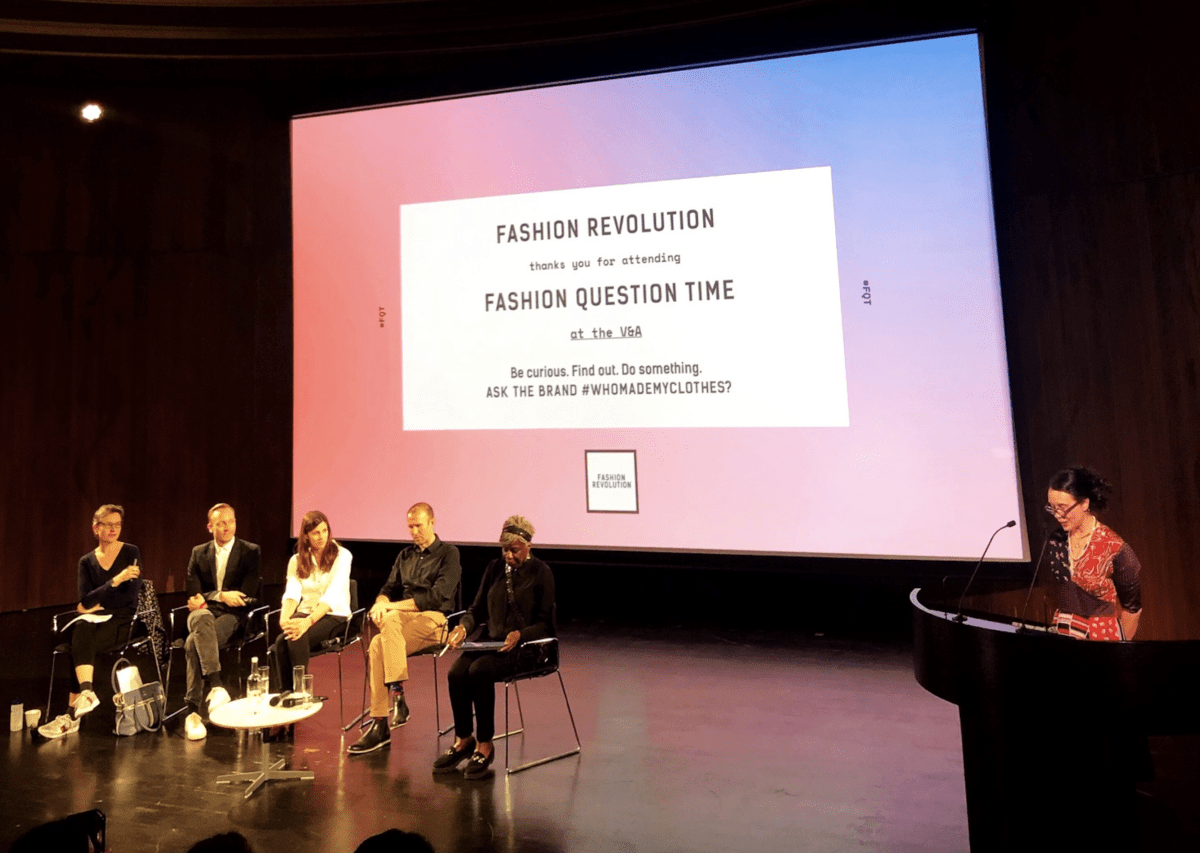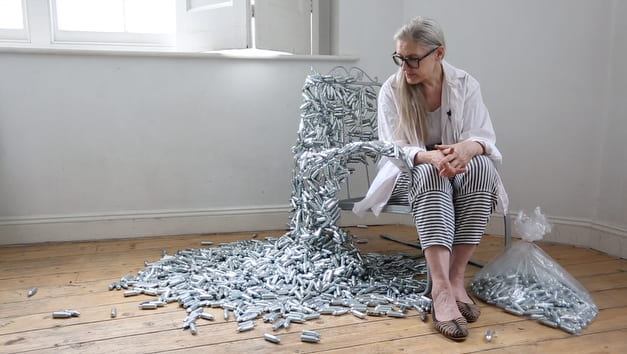Following her very successful Mirror Mirror: Reflections on Beauty and Age Conference, I have invited Hannah Zeilig to comment on Beauty and age, two pertinent issues in the fashion industry today.
“Age, in particular the old age of human beings, is not commonly associated with beauty and similarly we rarely imagine that old age in people may also embody beauty.

Despite several years of study I am not sure what either old age or beauty really are. They are both abstract concepts and are therefore difficult to define with any certainty. However, given the lack of certitude it has been helpful to refer to the writings, paintings and thoughts of those (artists, philosophers, gerontologists) from earlier times. My search has necessarily been limited by practical considerations. In the longer piece essay that this forms part of, I am concentrating on some of the authors from the twentieth century.
The association of age with beauty is not without precedent. The Wife of Bath (in Chaucer’s Canterbury Tales) whilst not exactly old by today’s standards is clearly in her late middle age. The Wife of Bath continues to engage in maintaining her personal beauty and is successful attracting much younger husbands. In many of his plays, Shakespeare celebrates old age and the beauties of being an older person: of having survived to later life. For instance, Prospero from The Tempest embodies a grandeur and nobility that could be interpreted as a particular sort of beauty that is linked (although not exclusively) with old age.
Leaping forward into the twentieth century, the artist Wilhelm Utermohlen painted himself as he was living with Alzheimer’s disease in old age and his inner beauty is wonderfully portrayed. In a different vein, the Pixar film ‘Up’ (2009) depicts the beauty of love in later life. Indeed throughout the twentieth century and the early twenty-first century there are many more examples of beauty associated with old age. However, there are also more instances and possibilities of denying the realities of ageing through surgical interventions and cosmeceuticals.
Thinking about age and beauty together is important in the early twenty-first century, when despite steady population ageing society continues to revere youth. The study of age and beauty is valuable because it may provoke new questions and even some possible answers to the mysteries of human ageing. Moreover, considering beauty as it is linked with age may prompt us to think again about the wonders of beauty. Thinking about age and beauty together is important not simply because it is a novel pursuit but also because it encourages us to cherish all that is old, especially people.”




